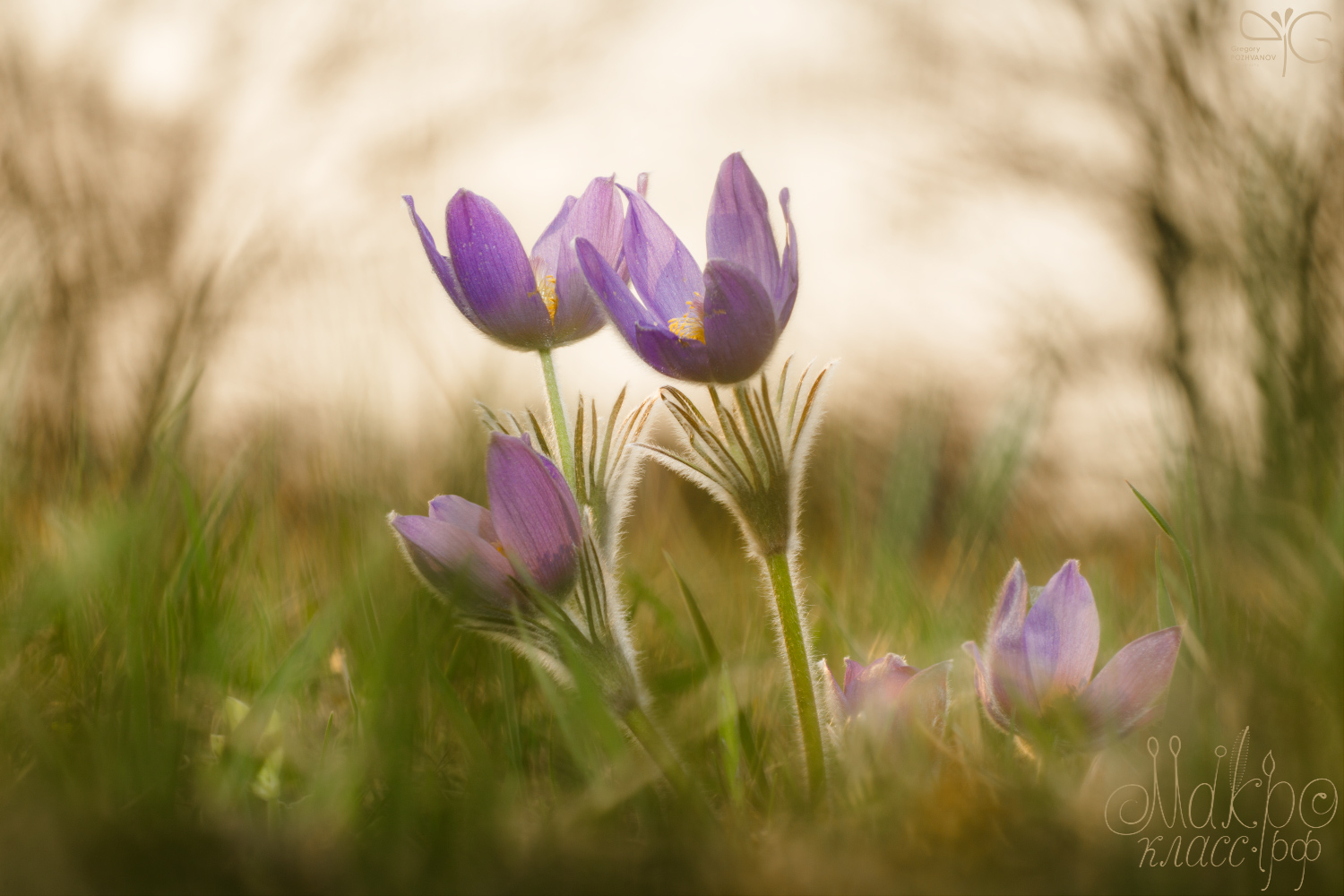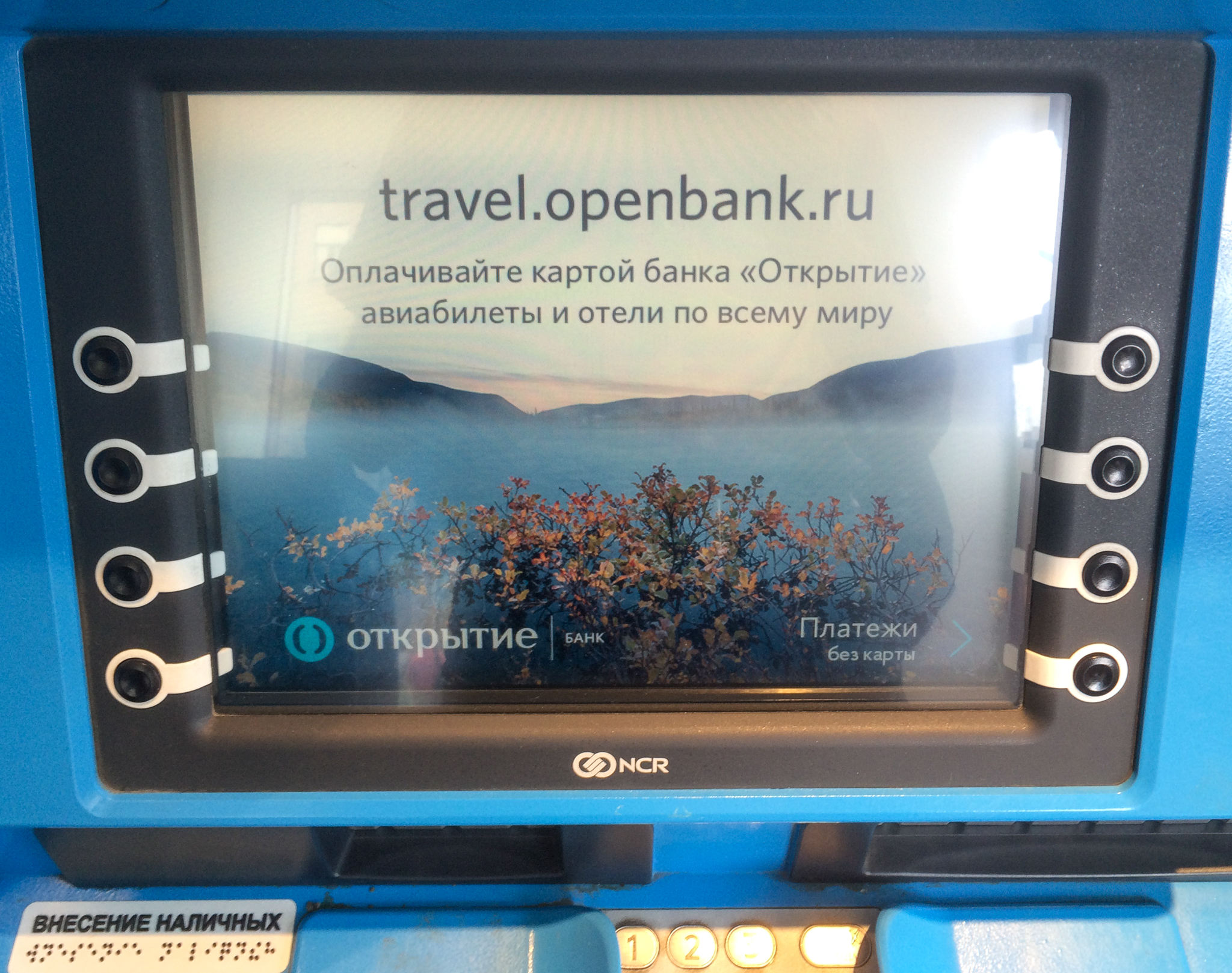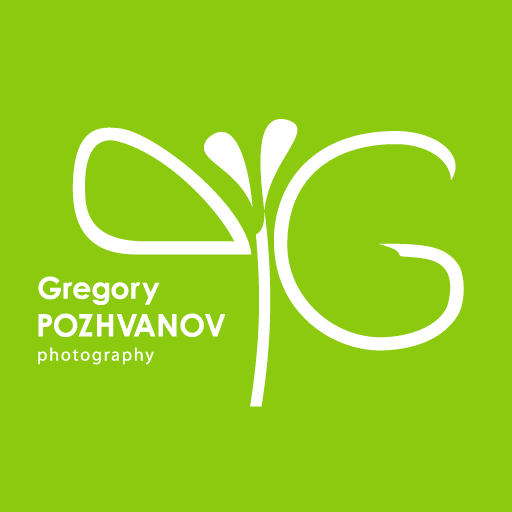That black day came. I am out of storage space on my file server, and have no more room to store photography. One would suggest just buying another one disk, or replace current disks with ones with larger capacity. But I should not take this extensive way. The increase of storage space will not empty the excessive data, and hgst drives are too expensive. The righteous way seems to be to systematically reduce the number of photos and to cease, at least temporarily, its replenishment. So this way is kind of no-photos vow. So some photography which will appear in my blog was created in some time in the past.

Rising above the Steppe
These touching pasqueflowers, which appear in abundance above the dry grasses of Yamskaya Steppe, call for an individual approach. No doubt, you are going to photograph them counter-lighted to highlight their fur-like downiness. To make the picture more complex and more diverse than made by macro lens on its own, I have put a teleconverter coupled with an extension tube between camera and the lens. That brought more air into the frame and made the bokeh deeper. In addition to that, I have installed a macro flash, which I rarely do. However, its lights were directed not to the flowers, but to grass in the foreground, to highlight a few bright spots there, and therefore add more volume to the scene.

Remove from EXIF – removal of lens and camera info from an image file
It happens that you would like to avoid leaving information about which camera body and lens were used to create a photograph. These data could be removed from EXIF while keeping all the other metadata like location, aperture, shutter speed, etc. – with help of exiftool, a command-line utility to manipulate EXIF.
To make life easier, I created a small service application for macOS available from context menu. You right-click the image and select which information to remove from EXIF.
To have the same thing on your Mac, create an Automator Service named Remove from EXIF….workflow in the following folder.

Hibiny and Ladoga lake at Openbank
Openbank has bought my photos. I came to ATM – and… yep! – saw my favourite place in Hibiny mountains, Polygonal lakes. Yet another photo is displayed on their site, from a very nice and cozy place in Lehmalahti, republic of Karelia.

Image Geotagger
The solution is made as OS X workflow and appears in Finder context menu. So it’s very easy to georeference your fresh or old images. You have not even to remember the app name 🙂
Basically, it is straightforward and self-explanatory, however, I’d comment on the workflow logic.

Meet the new style of Macroclass
I came to an idea that letter elements of the logo should resemble different kinds of close up photography subjects – living creatures, and the logo as a whole to be of irregular shape or, better word, asymmetrical.
Letters of the word Macro (Russian equivalent: Макро) were drafted as: a snail, a dew droplet on a grass, a male beetle antenna, Polytrichum common moss spore holder, and a sundew leaf. Making the final draft, I’ve rejected sundew leaf for its complexity (hence, low scalability) and just put a general floral pattern. The word “class” (Russian equivalent: класс) is rendered in a school handwriting style, since our Macroclass workshops are both creative and educative.
Viewing photos on iPad: profiles for accurate color
iPad accurate color rendering test: butterflies | macro | landscape Many photographers use Apple iPad to show their portfolios or…

My new logo
Here is my new logo «Gregory POZHVANOV photography». Vector image was created it in Adobe Illustrator after the idea development and a few sketches on paper. It is already used in my blog title and on my new photographs.
How to optimize Lightroom performance
You may google this topic and found several advices on a) tricking with Camera RAW cache size, and b) disabling .XMP file option. Personally I dislike disabling .XMP’s. That’s why: if a Lightroom catalog file fails you’ll stay with fresh unprocessed RAWs and all your work with developing files will be lost. (Of course you can manually export develop settings, but should you remember?)
Hence I offer another method. Idea is simple: turn off some of abundant Lightroom modules, or plug-ins, and application will start and work faster.
